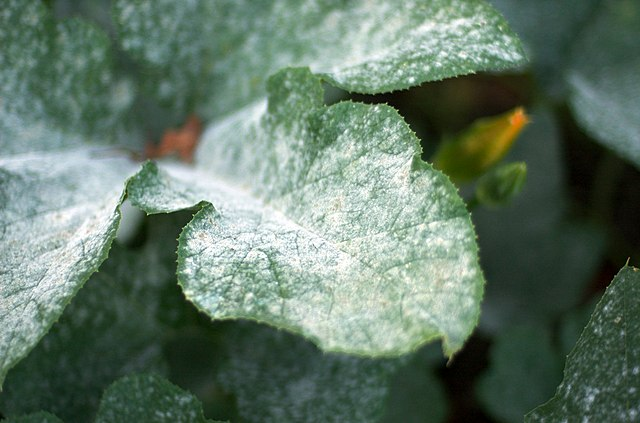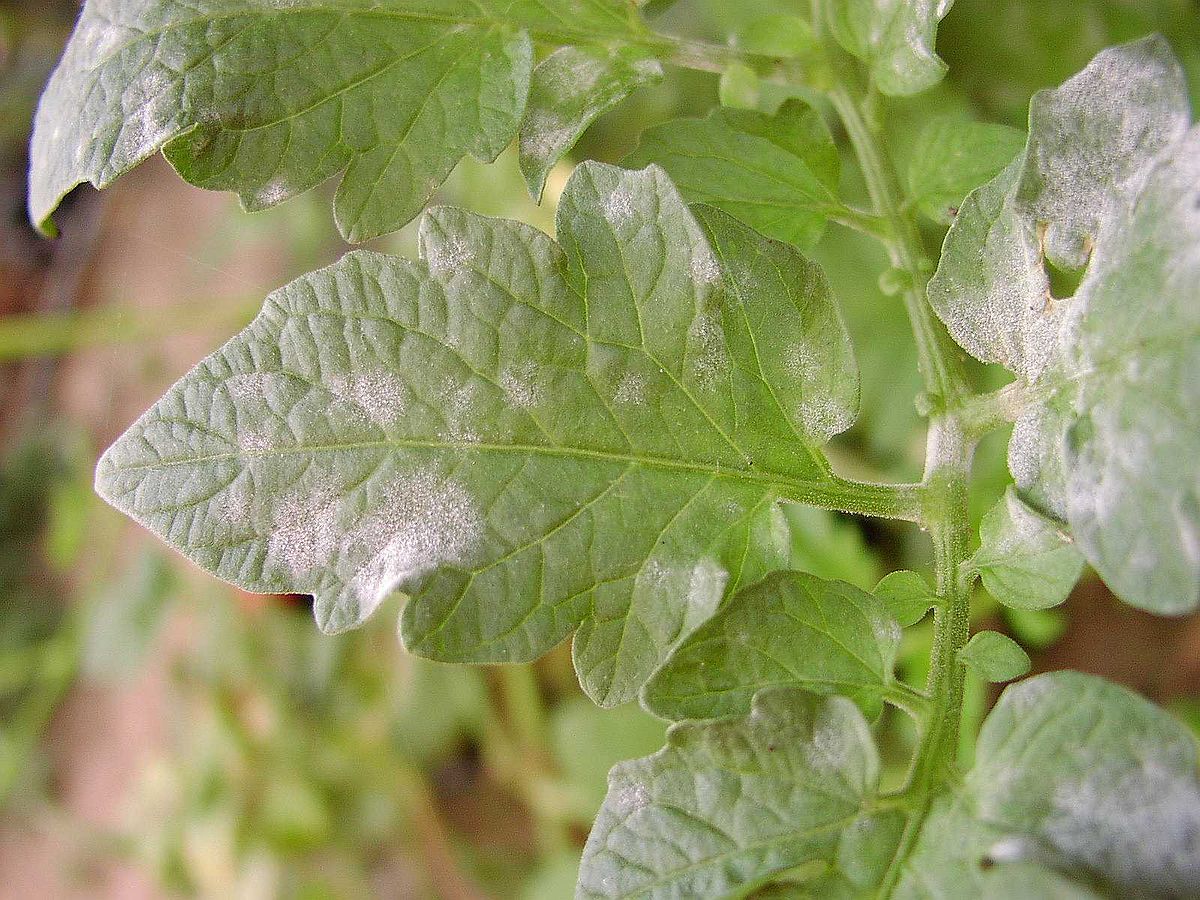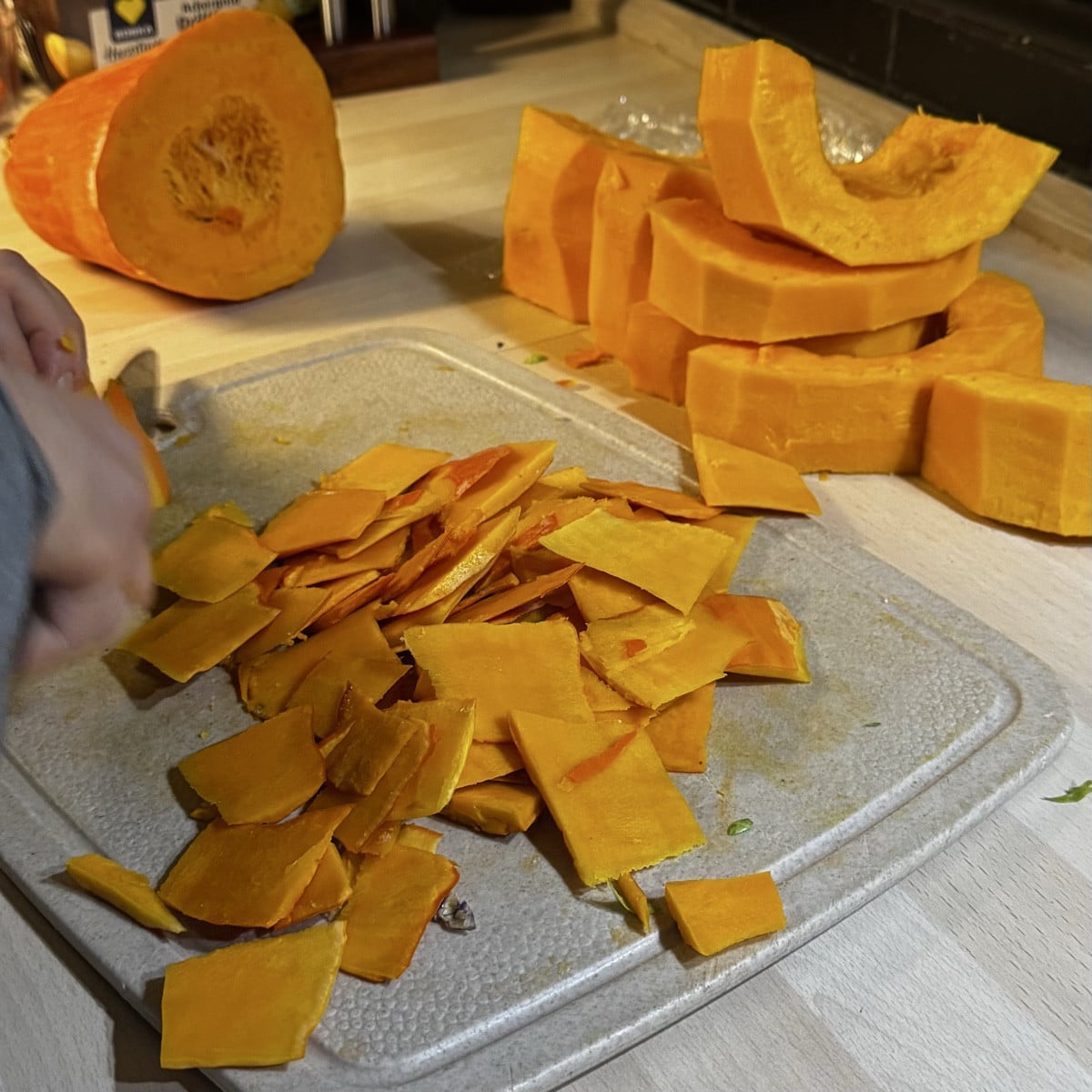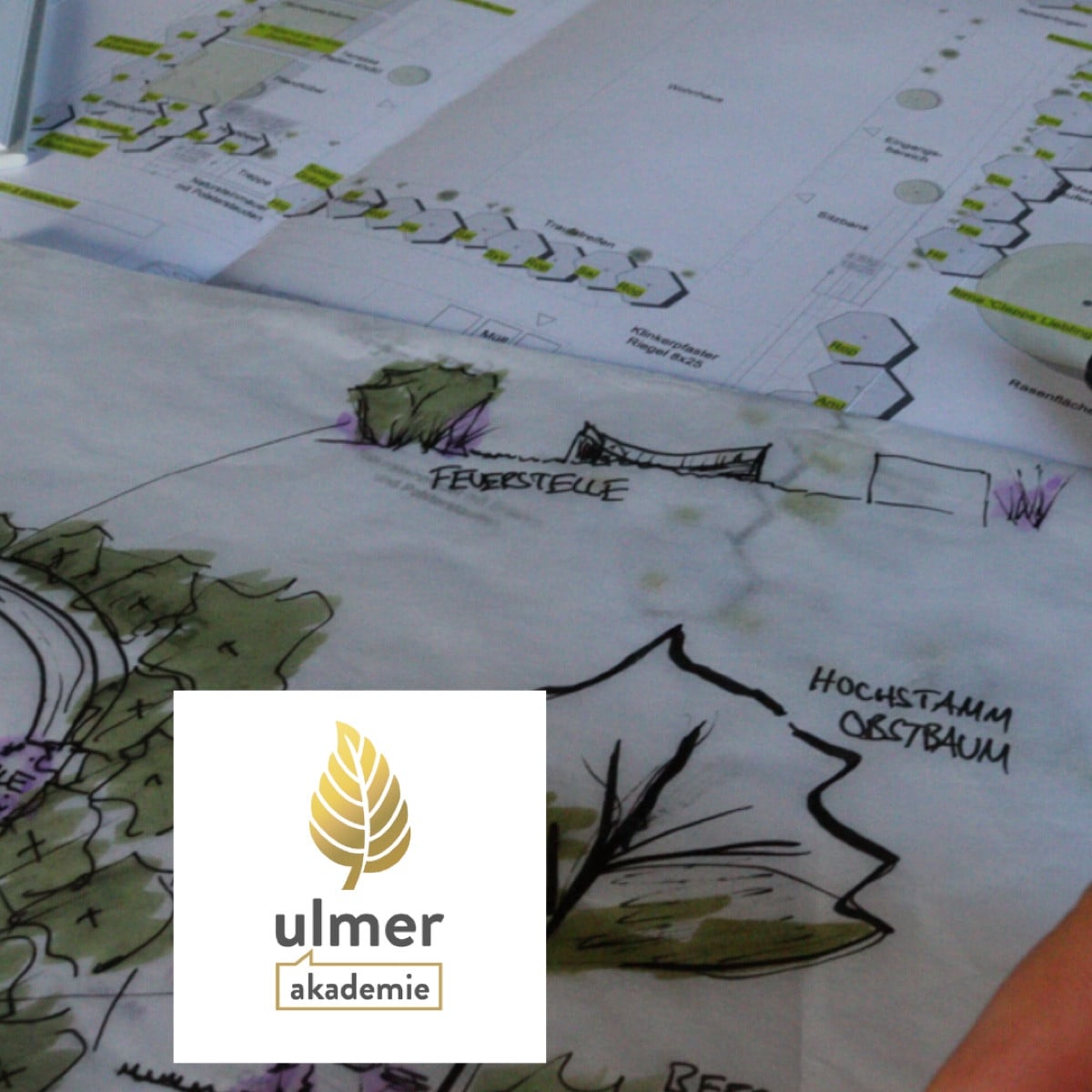
Recognizing, Preventing, Combating Powdery and Downy Mildew
Probably the best-known plant disease that repeatedly appears in gardens is powdery mildew. This is a fungal disease that combines various pathogens, some of which have very similar symptoms. Due to the different symptoms, powdery mildew fungi can be divided into two categories: 'true powdery mildew' and 'downy mildew'. In this article, you will learn how to differentiate between the mildew groups, how to prevent them and what to do if your plants are already infested.
This Article Contains:
- Powdery Mildew in the Garden: Tips for Controlling It
- Distinguishing Between Powdery Mildew and Downy Mildew
- Recognizing, Preventing and Combating Powdery Mildew
- Powdery Mildew: Damage & Symptoms
- Preventing Mildew: How to Do It
- Fighting Fair Weather Fungus With Household Remedies
- Recognizing, Preventing and Combating Downy Mildew
- Recognize Bad Weather Fungus: Damage & Symptoms
- Preventing and Combating Downy Mildew
- Frequently Asked Questions About Mildew
Quick Overview
Recognizing and Combating Mildew: Tips
- Powdery mildew: Fair weather fungus
- Spread mainly by wind or splashing water (through watering). Occurs mainly in summer in warm and dry weather.
- Symptoms: Wipeable, whitish, powdery coating on the upper side of the leaf
- Susceptible plants: Cucumbers, pumpkin plants, carrots, peas, sage, strawberries, laurel, vines, apple trees, gooseberries, roses, delphiniums, asters, golden balm, hydrangeas
- Control: garlic tea, horsetail decoction or nettle slurry
- Downy mildew: Bad weather fungus
- Spores spread through water on leaves. Occurs mainly in damp, cold weather in spring or fall.
- Symptoms: purple-white fungal webbing on the underside of leaves, difficult to wipe off, yellowish-brown upper side of leaves
- Susceptible plants: radishes, daikon, lettuce, peas, lamb's lettuce, cabbage, spinach, onions, roses, vines, carnations, pansies, primroses
- Control: garlic tea, horsetail decoction or nettle slurry
Powdery Mildew in the Garden: Tips for Controlling It
Powdery mildew is one of the most common plant diseases in the garden. As already mentioned, mildew can be caused by various fungal pathogens. Powdery mildew is just a collective term for fungal diseases from different genera. Some fungal genera can be super host-specific, while others can affect many different plants. However, it is only important to differentiate between "downy" and "powdery" mildew when it comes to control and remedial measures. The two groups of fungi have completely different requirements and can therefore be combated and prevented in different ways. You can find out How to Recognize Whether You Are Dealing with a Plant Disease or the Wrong Care/Location in this article.
Distinguishing Between Powdery Mildew and Downy Mildew
| Powdery Mildew | Downy Mildew | |
|---|---|---|
| Distribution | Fair-weather fungus: Spread mainly by wind or splashing water (through watering). Occurs mainly in summer in warm and dry weather. | Bad weather fungus: Spores spread through water on leaves. Occurs mainly in damp, cold weather in spring or autumn. |
| Symptoms | whitish-mealy coating on the upper side of the leaf, can be wiped off | purple-white fungal plexus on underside of leaf, difficult to wipe off, yellowish-brown upper side of leaf |
| Susceptible Plants | Trees are also often infested (apples, grapevines, gooseberries, roses) | Only isolated infestation of woody plants (roses, vines). The focus is more on herbaceous plants. |
Recognizing, Preventing and Combating Powdery Mildew
Powdery mildew (Erysiphaceae) includes various genera from theAscomycota division. These include the economically relevant species such as grass powdery mildew (Blumeria graminis) or vine powdery mildew (Erysiphe necator or Oidium). Apples are attacked by Podosphaera leucotricha, while roses are infested by Sphaerotheca pannosa. This was just a brief insight into the diversity of powdery mildew fungi.

Plants Susceptible to Powdery Mildew
- vegetables: cucumbers, zucchini, pumpkins, melons, carrots, peas, salsify, sage, strawberries
- woody plants: laurel, grapevines, apple, gooseberries, roses
- ornamental plants: delphiniums, asters, golden balm, hydrangeas
Powdery Mildew: Damage & Symptoms
Powdery mildew does not need damp conditions to spread ("fair weather fungus"), as the spores do not necessarily need water to spread. Only the first spores in spring can get from the soil to the leaf surfaces through spray water. In most cases, however, wind plays an important role as a means of dispersal. This is why powdery mildew often occurs in summer in dry weather compared to downy mildew. In addition, strong temperature fluctuations and alternating damp and very dry conditions can weaken the plants and thus promote infestation. After an infestation, the spores can overwinter in the plant remains and re-infect plants in your bed the following year through wind or spray water. It is therefore best to dispose of the plant remains of infested specimens after harvesting (do not compost).
Symptoms: How to Recognize Powdery Mildew
- "External fungus": Does not penetrate into the deeper tissue layers of the plant and can therefore be easily wiped off.
- Whitish, floury coating usually on the upper side of the leaf. Often also on young shoots, petals or spines. The fungus gradually attacks the entire plant (including the undersides of leaves and other green parts of the plant). Later, the affected parts of the plant turn yellow or die.
- Fungal webbing can also turn a dirty brownish color.
- "Powdery mildew candles" in apple powdery mildew: the leaves of young shoots stand upright and the leaf edge is curled. A reddish discoloration of the leaves often occurs.
Preventing Mildew: How to Do It
- Choose resistant ornamental, vegetable and fruit varieties.
- Leave sufficient space for planting (good aeration).
- Fertilize in a balanced way (avoid over-fertilizing).
- Remove diseased plant parts quickly (not on the compost!).
- A layer of mulch can prevent transmission through water splashes.
- Balanced watering (avoid drought and stagnant water). Avoid techniques with a high risk of splashing (it is best to water with a weak jet and from below).
- Avoid locations with strong temperature fluctuations (the location should always be adapted to the respective plant).
- Ensure adequate ventilation in the greenhouse.
- Horsetail broth can strengthen susceptible plants: add 1 kg/2.2 pd of fresh herb to 10 L/21 pt of water and leave to infuse for 24 hours. Then simmer for half an hour. After cooling, strain and spray several times a day.
Fighting Fair Weather Fungus With Household Remedies
- Spray garlic tea: 80 g/2.8 fl. oz. to 10 L/21 pt of hot water. Leave to infuse for at least 5 hours.
- Remove affected parts of plants that can be cut and dispose of in the residual waste.

Want to Exchange Ideas With Other Gardeners?
To exchange ideas with other gardeners and benefit from the experiences of others, you can visit our Fryd community. Here you can get help recognising and combating mildew.
Join the Community NowRecognizing, Preventing and Combating Downy Mildew
Downy mildew comprises several genera of fungi that belong to the group ofoomycetes. The various species form the order Peronosporales. Important representatives of the group are downy mildew on grapes (Plasmopara viticola) and lettuce (Bremia lactucae). Many species of downy mildew are host-specific and therefore strongly dependent on their respective host plant species.

Plants Susceptible to Downy Mildew
- vegetables: radishes, daikon, horseradish, lettuce, peas, lamb's lettuce, cabbage, spinach, onions
- woody plants: roses, vines
- ornamental plants: Carnations, pansies, primroses
Recognize Bad Weather Fungus: Damage & Symptoms
Downy mildew is known as a "bad weather fungus" because it normally occurs in damp, cool weather. Therefore, infestation occurs mainly in spring or fall. Cool, rainy summers also provide good conditions for downy mildew. This is because the spores of the fungus use water as a means of spreading. If the leaves do not dry quickly enough, the spores can be transported in the water film and enter the stomata of the leaves. Overwintering in fallen leaves or crop residues. If in doubt, dispose of all plant residues (not in compost) so that re-infection is made more difficult the following year.
Symptoms: How to Recognize Downy Mildew
- In contrast to powdery mildew, the fungus of downy mildew penetrates the plant tissue. This can occur through wounds or the natural respiratory openings of the leaves (stomata).
- It can be recognized by yellowish to brown spots on the upper side of the leaves, sometimes also on the stem or flower. Grey to greyish-purple fungal tissue can be seen on the underside of the leaves.
Preventing and Combating Downy Mildew
- Keep leaves dry, as the fungus is transmitted by water (roofing, spacing for good ventilation).
- Water from below to reduce the risk of transmission.
- Avoid one-sided nitrogen fertilization.
- Choose resistant and tolerant varieties.
- In bad weather, spray with garlic tea, which has an antifungal effect (for production, see Powdery mildew control).
- Sprayhorsetail broth to strengthen plants (see Powdery mildew prevention).
- Remove affected plant parts.
- Water with Nettle Slurry to strengthen plants.
I hope I have been able to help you differentiate between, prevent and combat powdery mildew and downy mildew.
If you have any questions or comments, please write to us at [email protected] or share your experiences with us on social media.
Would you like to receive helpful gardening tips all year round and plan your own beds optimally? Then register here or download the Fryd app for Android or iOS.
Fryd - your digital bed planner
Cover image: Jeff Kubina, Public domain, via Wikimedia Commons

Isabell
Isabell studies agricultural sciences and loves to be surprised by nature and its complexity again and again. Herbs - whether gathered wild or in the garden - are her passion.
Learn MoreCurrent Topics in the Community

Liked 6 times
The last Gete-Okosomin pumpkin from El Huerto goes into the oven—freshly harvested Brussels sprouts follow suit💚
Show 1 answer

Liked 3 times
If you need seeds or inspiration, you'll definitely find them here. There are also great talks every year. #gartestart2026
Show 1 answer
Liked 1 times
Dear community, new year, new harvest, new opportunities. From January 12 to 19, we are launching our first joint campaign of the year. It's not about perfection, but about taking the first step to get your 2026 gardening year off to a good start. How are you getting started? Join now and win! ✨ Chaos in your seed box or already making plans for the new gardening year? Show us how you're starting your garden and secure your chance to win places in the Ulm Academy webinars in January and February. There are two ways to participate in the webinars: 1. Sort through your seeds: Dig out your old seed packets—whether they're in creative chaos or perfectly sorted—and post a picture. Add a short description: What about them is typical of your gardening style? 2. Plan smart: Share your planting plans for 2026 with the community—we want to see your ideas and are already excited to hear about all the different plans. Join in, use the hashtag #gartenstart2026, and you'll automatically be entered into the prize draw. This gives you the chance to win exclusive places in two new webinars from the Ulm Academy: 1. "Gaining seeds – for diversity in your own garden (January 28)": https://www.ulmer-akademie.de/uaksd-8293179/design-meets-nature-garden-design-with-landscape-architecture-permaculture-.html?&utm_campaign=Permaculture&utm_source=fryd&utm_medium=newsletter 2. "Design meets nature – garden design with landscape architecture & permaculture (February 3 and 10)": https://www.ulmer-akademie.de/uaksd-8286954/saatgut-gewinnen-fuer-vielfalt-im-eigenen-garten-.html?&utm_campaign=Saatgut&utm_source=fryd&utm_medium=newsletter 🎁 Up for grabs: 1 grand prize: Participation in both webinars 4 additional prizes: Participation in a webinar of your choice It's worth taking part – whether you're a chaotic type or a planning pro. Let's go💚
Popular Articles

Overwintering Parsley: How to Do It Successfully

How to Grow Lettuce in Winter: Varieties, Sowing, Harvesting

Growing Sage Plant: Tips for Sowing and Harvesting

What Herbs Can Be Planted Together?

Create & Design a Permaculture Garden

Overwintering Plants: Tubs, Pots and Raised Beds

Pruning, Fertilizing & Propagating Currants: Care Tips

Pruning Raspberries: How to Do It

Vegetable Garden With Greenhouse: How to Use Greenhouse Effect

Winterizing Beds and the Garden: How to Do It
FAQ
What are the main differences between powdery mildew and downy mildew?
Powdery mildew forms a wipeable, whitish coating mainly on the upper side of the leaf and occurs in dry weather. Downy mildew appears as a purplish-white fungal web on the underside of the leaves that is difficult to wipe off and occurs in damp weather.
Which plants are susceptible to powdery mildew?
Susceptible plants include cucumbers, cucurbits, carrots, peas, sage, strawberries, laurel, vines, apple trees, gooseberries, roses, delphiniums, asters, golden balm and hydrangeas.
Which plants are susceptible to downy mildew?
Downy mildew mainly affects radishes, radishes, lettuce, peas, lamb's lettuce, cabbage, spinach, onions, roses and grapevines.
Garlic tea, horsetail decoction or nettle slurry are suitable for combating mildew.